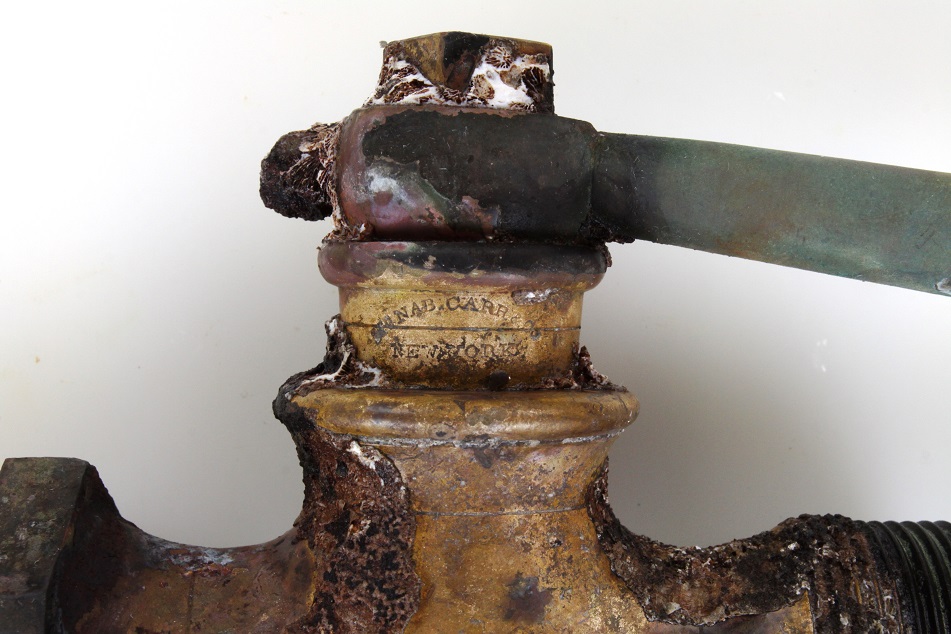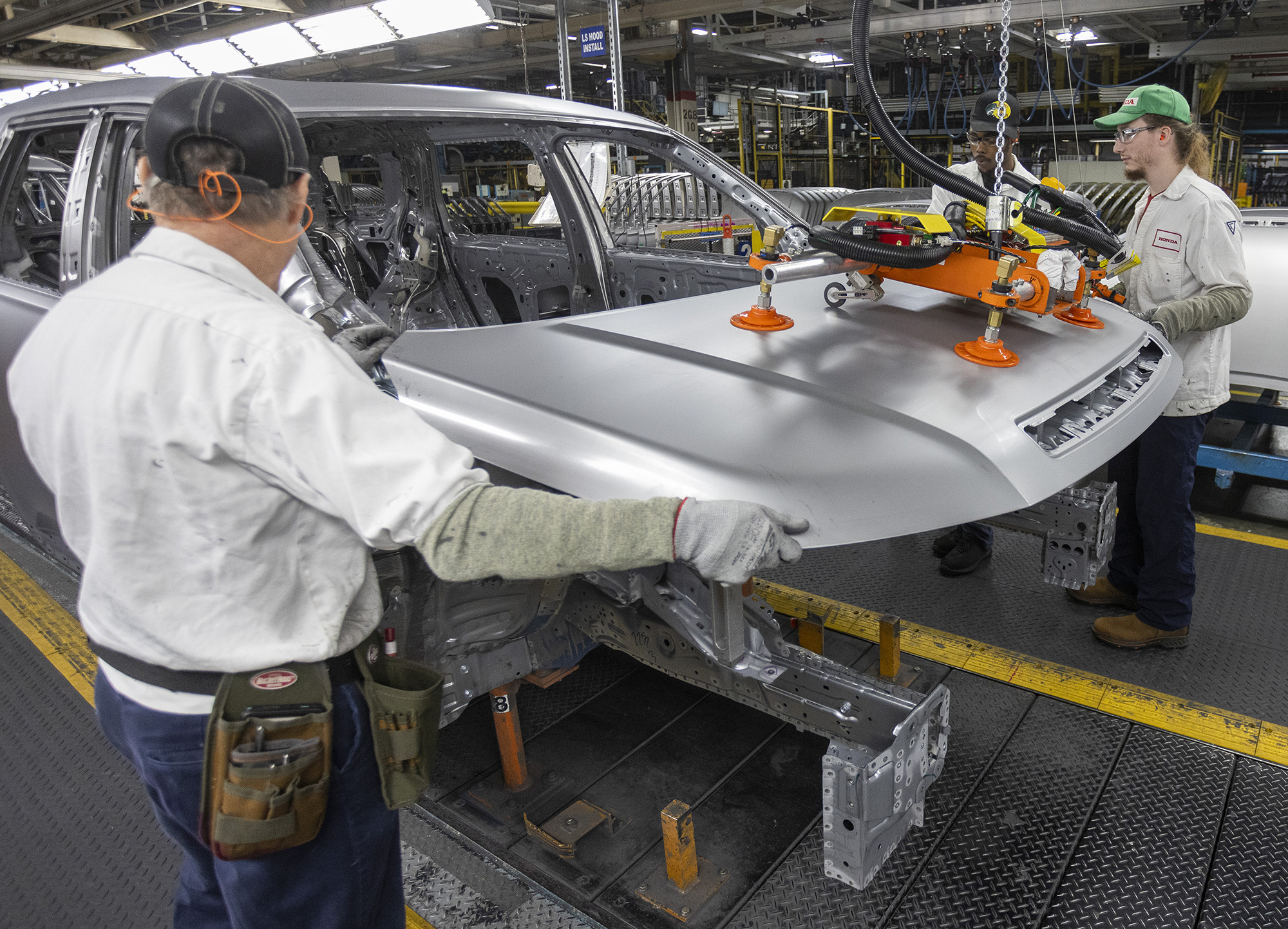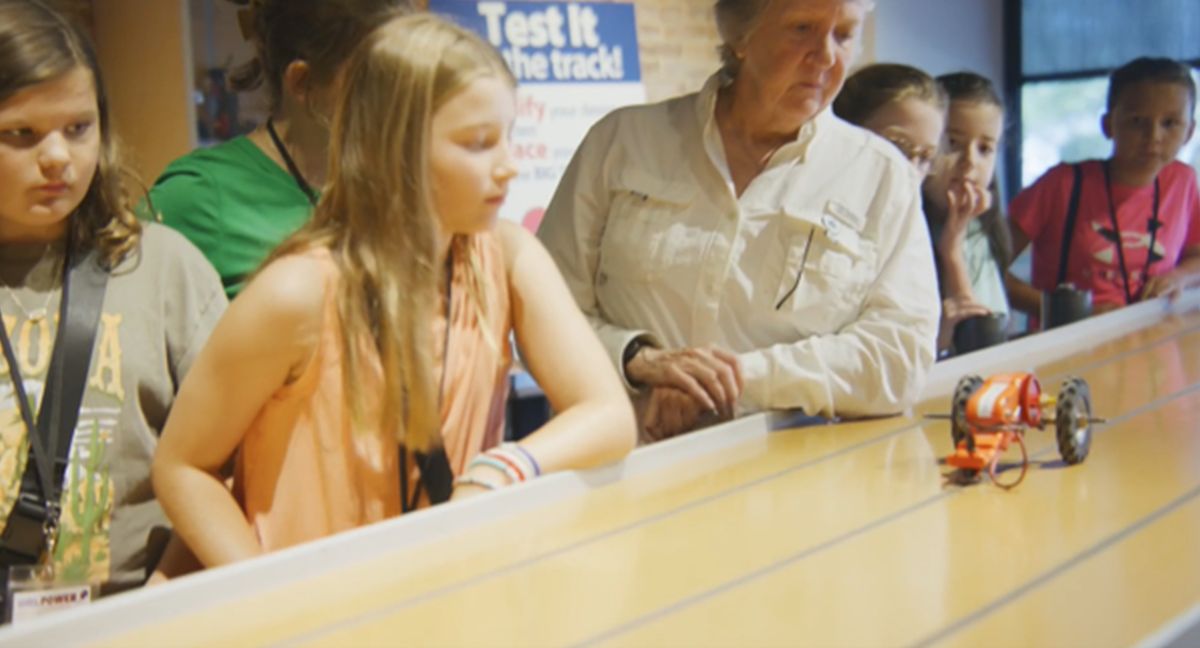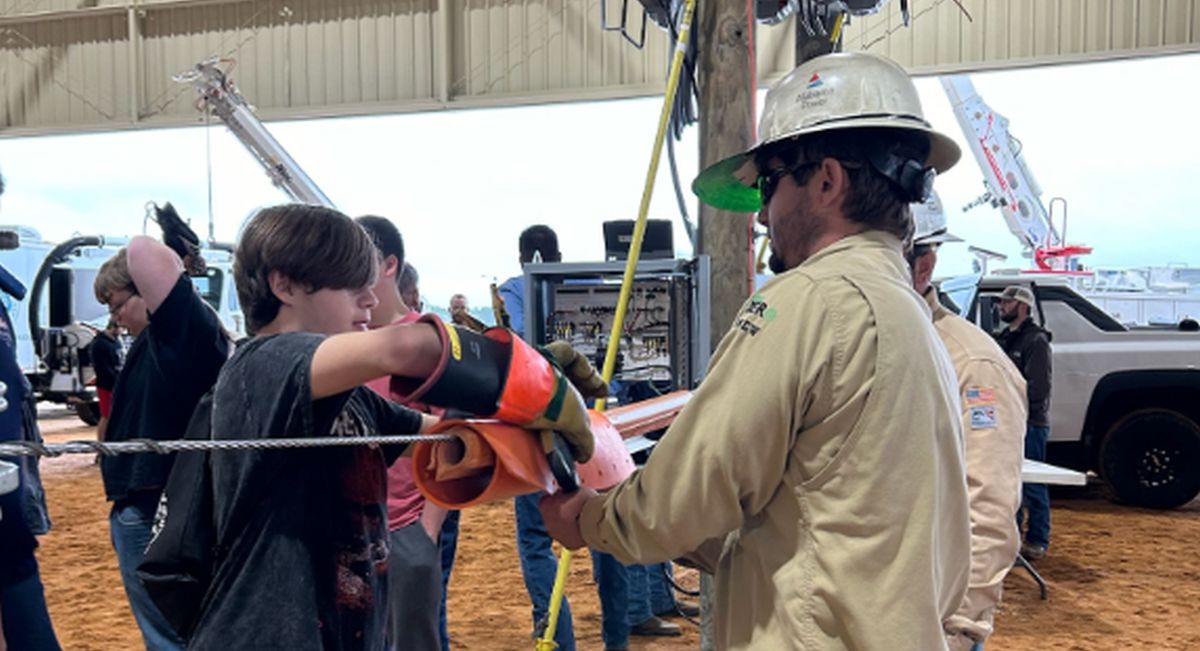Discovery during USS Monitor restoration reveals link to Alabama company

The battle between the Civil War ironclads USS Monitor and CSS Virginia, which ended in a draw, was one of history's most famous naval battles. (The Mariners' Museum & Park)
A Union Navy warship from the Civil War had a surprising tie to a company now based in Anniston.
A conservator working on the stabilization of artifacts from USS Monitor, the first ironclad ship produced for the Union Navy, made a surprising discovery as she carefully cleaned a valve recovered from the ship’s wreckage.
The copper alloy bicock valve from the ship’s condenser had markings that were slowly revealed to spell out “McNab, Carr & Co. New York.”

Careful cleaning of a valve from the wreck of the Civil War Union vessel USS Monitor revealed the name McNab, Carr & Co., the company now known as M&H Valve Co. and based in Anniston. (The Mariners’ Museum & Park)
“We always get really excited when we find descriptive markings on a piece,” said Kate Sullivan, the conservator with the USS Monitor Center at The Mariners’ Museum & Park in Newport News, Va., who made the discovery. “This was a name we had never found before, which made it even more exciting.”
That’s when Sullivan went from being a conservator to being a detective.
Her sleuthing led her to Anniston, where McNab, Carr & Co. is now known as M&H Valve Co., still a powerhouse in the fire hydrant and valve business. M&H is part of the Birmingham-based McWane family of companies.
“It was a surprise,” said Tony Oslowski, general manager at M&H Valve, referring to the phone call from Sullivan. “I had no idea the company had produced a part for such an iconic part of history.”
Oslowski said the company’s employees were excited to hear the news.
“Our employees are always on the lookout for ‘M&H’ or other markings from our history on products,” he said. “This one ranks up there as one of the greatest product sightings we’ve had.”
Oslowski said the company has had to retrofit valves that date back to the late 1920s or early 1930s, so there is no question about their longevity.
“You know if you’ve got an M&H part, it’s going to last,” he said.
McNab, Carr & Co. would later change to McNab & Harlin, which was then shortened to M&H Valve Co. The company was based in New York but moved to Anniston in the 1920s.
That explains how a part on a “Yankee” warship was made by a company now in a state that was the heart of the Confederacy.
Cleaning and curating the more than 200 tons of artifacts recovered from the USS Monitor wreckage has been the task of Mariners’ Museum conservators going on 20 years.
The ironclads were one of many evolutions of military technology the Civil War produced. The Confederate CSS Virginia was wreaking havoc on the wooden ships of the Union. The Union would try to counter by building the USS Monitor. The Virginia and Monitor fought to a draw on March 9, 1862, in one of the most famous naval battles in history.
A storm sank the Monitor off Cape Hatteras, North Carolina, nine months later, on December 31, 1862.
The site was discovered in 1973, but it took until 1998 before the recovery of the wreckage began. Recovery efforts by the National Oceanic and Atmospheric Administration and the US Navy ended in 2002, and conservation of the artifacts continues to this day.
The Mariners’ Museum was named the official repository for the Monitor Collection by NOAA’s National Marine Sanctuaries program in 1987. More than 210 tons have been recovered from the protected site of the wreck at the Monitor National Marine Sanctuary.
The USS Monitor Center opened in 2007 and is home to displays, lectures and other events. The Center puts artifacts on display with what is known of the history.
Now there is a valve with an extra bit of history that can be included.
For more information on the USS Monitor Center, visit http://www.monitorcenter.org/.












